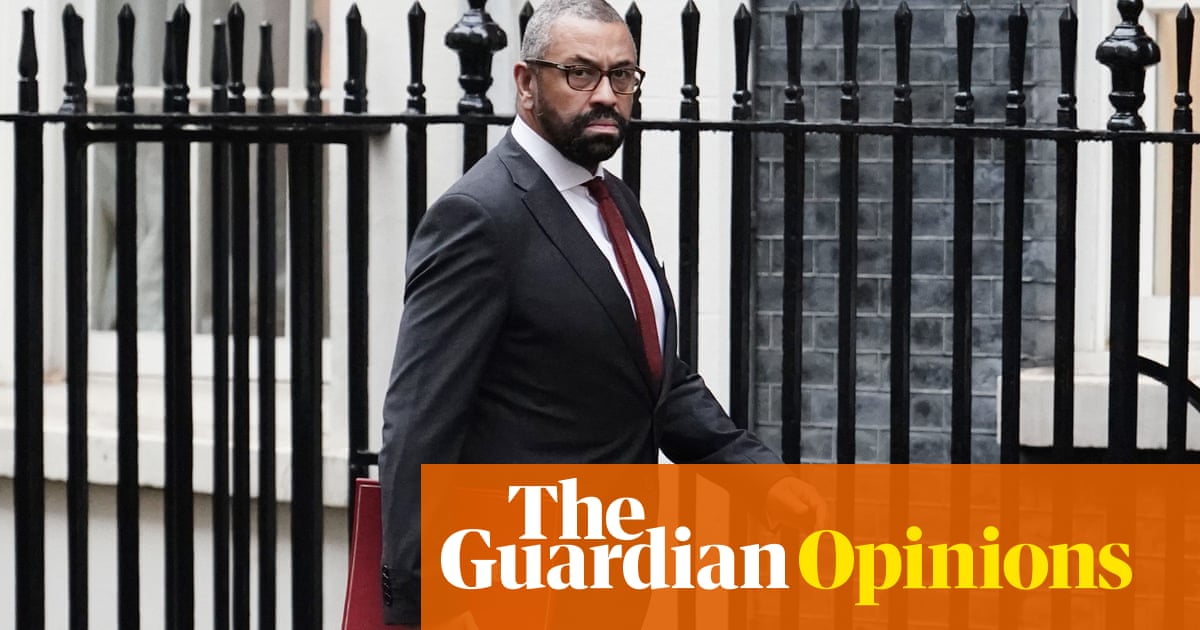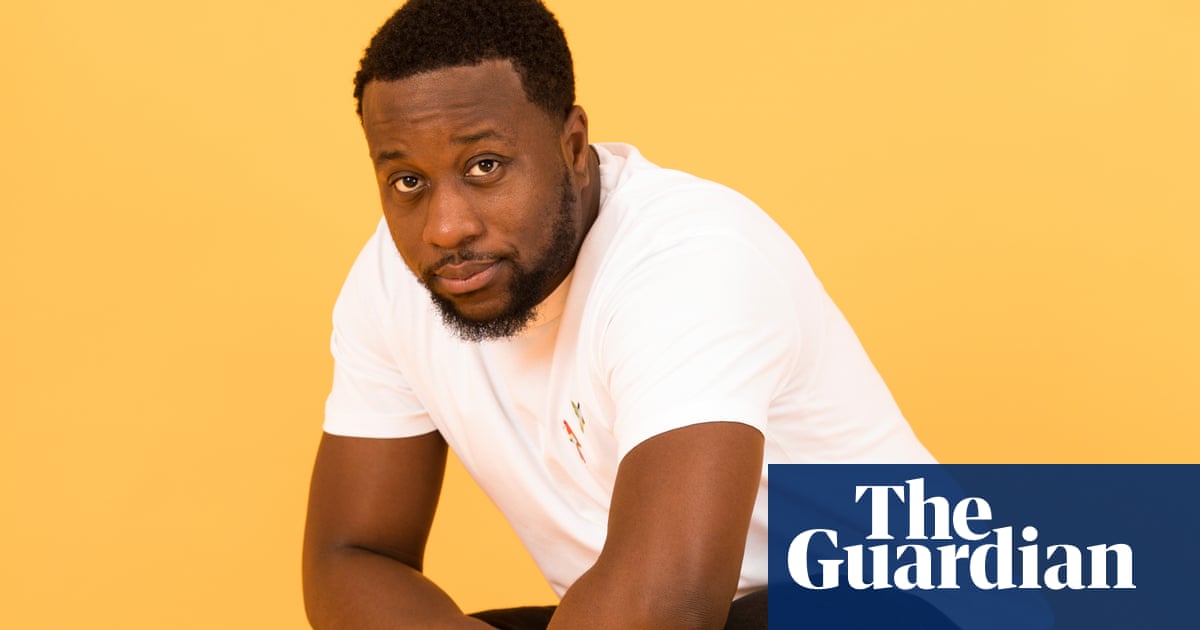
Imet my partner, Kathleen, when we were both aid workers in Zimbabwe, when I was 28. I liked her politics and her blue eyes. Four years later, in 1993, my family lost a generation when my beloved niece, Lucy, was killed in a car crash. Like many lesbian couples in the 90s, Kathleen and I had discussed having children, but this crushing loss changed the conversation: I was 34 and she was 36, and it turned from something we chatted about to something we needed to do. Section 28 (a law banning the promotion of homosexuality) was still around, with its clear message that our love should be discouraged, and the hurdles seemed insurmountable. We had wombs to spare, but no sperm.
Our GP explained that while heterosexual couples have only to prove one of them is infertile to get treatment, lesbians didn’t qualify. We looked into private fertility clinics but they charged too much, so we drew up a very short shortlist of potential donors.
Asking someone to father a child for another family was an intimate and complex decision. It turned out a straight couple we’d known for a while, who lived nearby, were willing to help. We both wanted to have children, by the same father, and John agreed to be our donor and to be involved after the births as a solid male role model.
Kathleen was going to try first. During her fertile periods, John would deliver after work. On fertile weekends he delivered twice daily. It was awkward the first few times, but then it became routine. We’d have clean jam jars ready to exchange when he knocked on our door.
We started out with ideas of post-insemination sex to ensure an atmosphere of love, but the reality was messy and off-putting: lying on your back with your legs in the air, trying to make a ski slope for sperm. I remember being distracted by Jon Snow on Channel 4 News.
We both thought conception would be easy, but it was a rollercoaster of anticipation and disappointment. It was also tough for John, producing sperm to order. One night the police stopped him on suspicion of being a drug dealer but wished him good luck after he revealed the contents of the jar.
After a year without success, Kathleen was ready to give up and said I should try or we might never have a baby. She had her last shot during her June fertile period, and I started a week later.
Three weeks later, Kathleen missed her period and did a pregnancy test, expecting to be disappointed. But it was positive. We stared, mesmerised, at the blue cross. Then we tried six more tests – all positive. We were finally pregnant.
At the same time, my breasts were feeling achey, but I thought surely it couldn’t happen now. Two weeks later, I did a test: we were pregnant again. When we saw the blue line, we whooped. The Earth tipped slightly on its axis. We were delighted but worried about how we’d manage.
The first three months of our pregnancies were torrid: Kathleen was sick in the morning, and I was sick in the afternoon. Then it was rather wonderful. We used to spoon at night with a baby kicking at the back and a baby kicking at the front.
I was only 10 days shy of my own due date when Kathleen’s waters broke and we rushed to the hospital with our bag full of soothing music, energy food and spare pillows. The staff thoughtfully brought in a mattress for me to stay with her. After three days, she had an emergency caesarean, with me in the theatre when our daughter was born. When the baby cried for the first time, my milk flooded in, staining my shirt. Kathleen and our daughter, Ruth, left the hospital a week before I had my own emergency caesarean with our son, Sean.
After that, having children, for us, was much the same as for anyone else. They smashed into our lives, blew them apart and we rebuilt around them.
I’m irritated when people imply the child I gave birth to is my “real” child. We called ourselves Mummy Sheelagh and Mummy Kathleen, but the kids soon ditched “Mummy” and just called us by our names. There were a couple of issues at school with family tree exercises, which assumed a mum and a dad, but I think it became a badge of pride for them. They’re 25 now and they get on very well. They’ve always known who the donor is, and that if there had been a crisis, he would have helped. We’re all still friends.
As told to Anna Derrig












